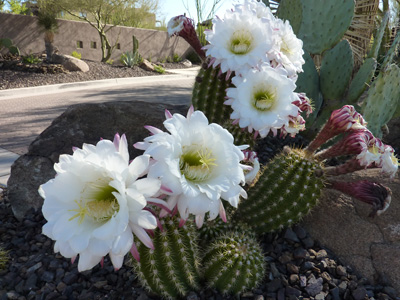 |
| Overlook of Amity Creek valley |
It felt great to be out on the trail again. It sounds corny, but the woods and trails are really quiet. And peaceful. Note to self: Hiking is good.
I ended my last hike at the corner of Woodland and Fairmont. Instead of using the Duluth Transit Authority for my shuttle this time, I used my bike. I parked at the Martin Road trailhead, then rode my bike back down Woodland Avenue to Fairmont Street, locked the bike up, and hiked on the "trail" up Carlisle Street.
 |
| SHT along Vermilion Road |
As part of the Superior Hiking Trail, this section is unique and ultimately forgettable. The one big viewpoint into the Amity Creek valley pales in comparison to nearly any viewpoint east or west along the trail. Road walking is tedious. I've commented on this trail section before, even though I hadn't hiked it, when Backpacker Magazine named it one of the 100 best day hikes in the US apparently without actually hiking it.
 |
| Pyrola along SHT |
So now my journey to Two Harbors has reached the Martin Road trailhead. I have a date with my 82-year-old father to pick up from there tomorrow morning. I know it won't be a glorious climb like Carlton Peak or a challenging roller coaster like the area around Finland. But it will be hiking. And hiking is good.
















































